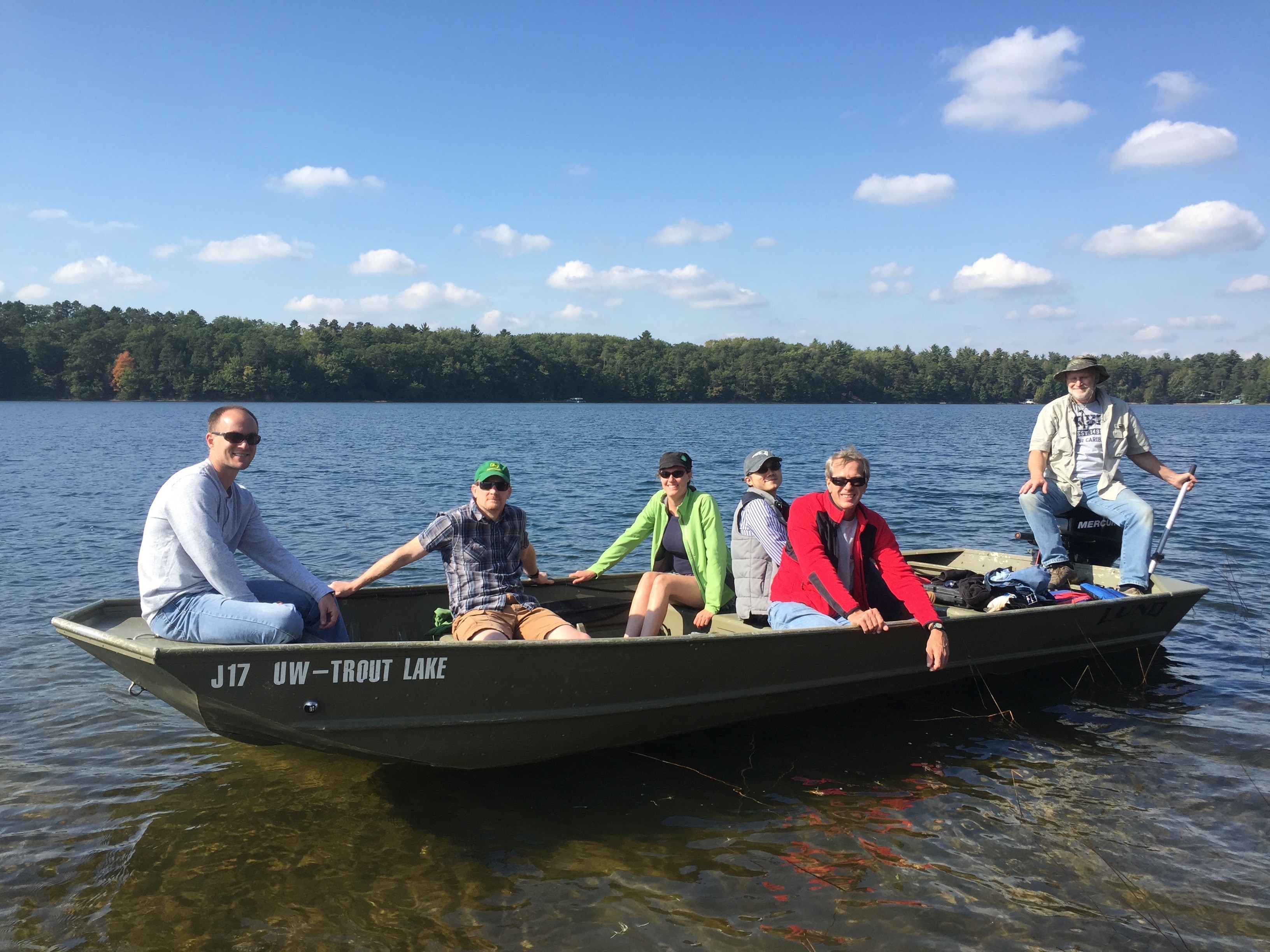About the Great Lakes Evaporation Network
The first effort to directly measure year-round evaporation rates on the Great Lakes in a sustained, continuous fashion occurred at Stannard Rock Lighthouse in June of 2008, in association with the International Upper Great Lakes Study (IUGLS; http://www.iugls.org), which is coordinated through the International Joint Commission (IJC). Independent of the IUGLS effort, a second Lake Superior monitoring station was deployed on Granite Island in July of 2009, and a grassroots network of scientists from the U.S. and Canada formed what would eventually be called the Great Lakes Evaporation Network (GLEN). The intent of GLEN has been to provide observations of over-lake meteorology and evaporation, improve forecasting of Great Lakes water levels, and support a wide variety of stakeholders, including the National Weather Service (NWS), Environment and Climate Change Canada, National Oceanic and Atmospheric Administration, U.S. Coast Guard, recreational boaters and commercial shipping, emergency management officials, and the Great Lakes research community.
In support of the IJC’s IUGLS, three over-lake eddy covariance stations were installed on Lakes Superior and Huron in 2008 and 2009 to directly measure over-lake evaporation, allowing scientists to calibrate their models for the first time with real observations. This led to significant improvements in Great Lakes model calculations, in some cases reducing the uncertainty of water balance estimates by half (70% to 35%). Following the IUGLS, additional evaporation stations were added to the GLEN network on Lakes Michigan (2012), Erie (2012), and Ontario (2016), with short-term project funding from the National Science Foundation (NSF), the Great Lakes Integrated Sciences and Assessments Center (GLISA), NOAA’s Great Lakes Environmental Research Laboratory (GLERL), and Environment and Climate Change Canada. As of December 2019, the current GLEN network includes six over-lake stations on the fice Great Lakes, and two mobile sites on ships (the CCGS Limnos and CSL’s Whitefish Bay). Starting in 2015, the IJC and Great Lakes Observing System (GLOS) provided funding support for GLEN to produce online access to historical evaporation data and metadata and deploy a dedicated web page (this one) for the GLEN project.
GLOS funding for the GLEN project ended in 2019, at which time operation of two of the GLEN stations (White Shoal and Spectacle Reef) was transferred to NOAA GLERL. Continued operation of the remaining GLEN sites is contingent on future funding, and the datasets on this website have only been updated through 2018. Please contact the GLEN investigators directly regarding any questions about data availability or potential funding sources to support continued operation of the GLEN network.
Annual GLEN Retreat
September 24-25 2015

The annual GLEN retreat took place in 2015 at the University of Wisconsin Center for Limnology’s Trout Lake Station in Northern Wisconsin. John Lenters, Peter Blanken, Chris Spence, Jay Austin, Norma Froelich, Greg Cutrell, and Pengfei Xue met to discuss project updates and plans for future work. During the retreat, they visited a long-term environmental monitoring buoy at Sparking Lake. A photo of some of the participants at Sparkling Lake is shown to the left.